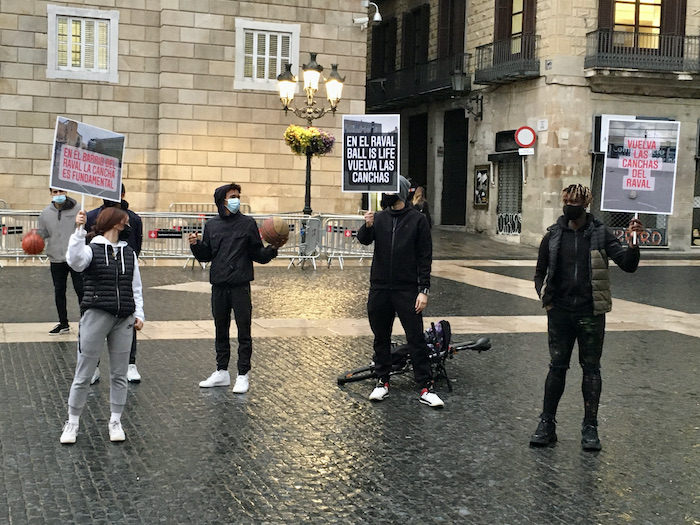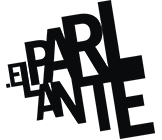- POSTED GK Alfredo Cohen Montoya

I will try to use this space to talk about what excites me: the understanding of education and communication as two sides of the same coin. The recognition that every educational process is essentially an act of communication, and that every means of communication is also a means of education, even when it is not explicitly proposed. The Parlante does explicitly propose it: not only does it want to communicate ideas, it expects you to move cities, they corrode the system, they transform everyday life. Paulo Freire already said that education cannot be isolated, but closely connected with social, economic and political reality. So if education is communication and vice versa, I will use this space to explain what I have been learning from theory, reflection and action.
Little sense had to learn to use slow or Photoshop, if communication was not understood as a social process based on dialogue, capable of generating trust, exchanging knowledge, debating and learning, to achieve significant changes.
I spent studying Social Communication and Journalism at the Universidad del Norte in Barranquilla, Colombia, but my interest in radio, television or the press, acquired another dimension when on the periphery of the municipality of Malambo, an hour from home, when asked what do you want for your neighborhood? A 12-year-old boy replied: Arroz.
In fact, I was there to participate in a ” Communication for the promotion of health” project. Unplanned pregnancy was the order of the day, teenagers used small plastic bags as fake condoms that infected the vaginas of their very young couples. Sexual encounters were consummated in seclusions in the cemetery, virginity was “lost” with animals.
At that time, professors of the university, but above all the daily practice in field work as an other, showed me that education could not be reduced to school or home, but should be a permanent instrument of social transformation: creative, critical, emotional, participatory and popular. What little sense did he have to learn to use slow or Photoshop, if communication was not understood as a social process based on dialogue, capable of generating trust, exchanging knowledge, debating and learning, to achieve significant changes.
And since then in that way. 15 years ago I migrated to Barcelona and with young and older people, in the formal school and squares, in universities and cinemas, I dedicated myself to repeating and putting into practice, the same cantaleta.
Or on that platform, until a bike appeared. An invisible bike that generated a global pandemic to question everything with a beautiful premise: “no one is safe if we are not all safe”, as the subtitle of Epidemiocracy says, book that recommends by Javier Padilla & Pedro Guillón.
And then, a year later, what is educommunication for?
To remind us that public health is not only an issue of vaccines, doctors, legs and artificial respirators, but also an educational, communicative and community issue. That in fact the communicative and the community come from the common. It serves to show us that every community process is an emotional and intersectional process, traversed by different cultural, religious, sexual, class or capacity oppressions and inequalities.
Because as it was clear in Malambo, there can be no health, where there is no rice.
To explain that it is not so much about dissemination campaigns, as about strategies for dialogue. The dialogue to which Habermas referred and which is only possible with ethics, recognizing the participants as free and dignified.
It serves to accompany the most vulnerable people, especially the so-called pre-citizens and postcitizens. Those children who don’t vote, those older people who don’t produce money.
To understand that emotional fatigue also needs to be communicated and that the pandemic of unwanted loneliness, apathy, and hopelessness, is as dangerous as that of a lung infection.
And from then on, or we go to the Cultural Association elParlante , and from that I will talk in the next columns. Of the educommunicative strategies that we have implemented and that we continue to redesign to put caregivers at the center, insisting that taking care of ourselves is the opposite of taking care of us, and that the most important curve that must be flattened is that of social inequality. Because as it was clear in Malambo, there can be no health, where there is no rice.
Text originally published in EL COMEJÉN.
